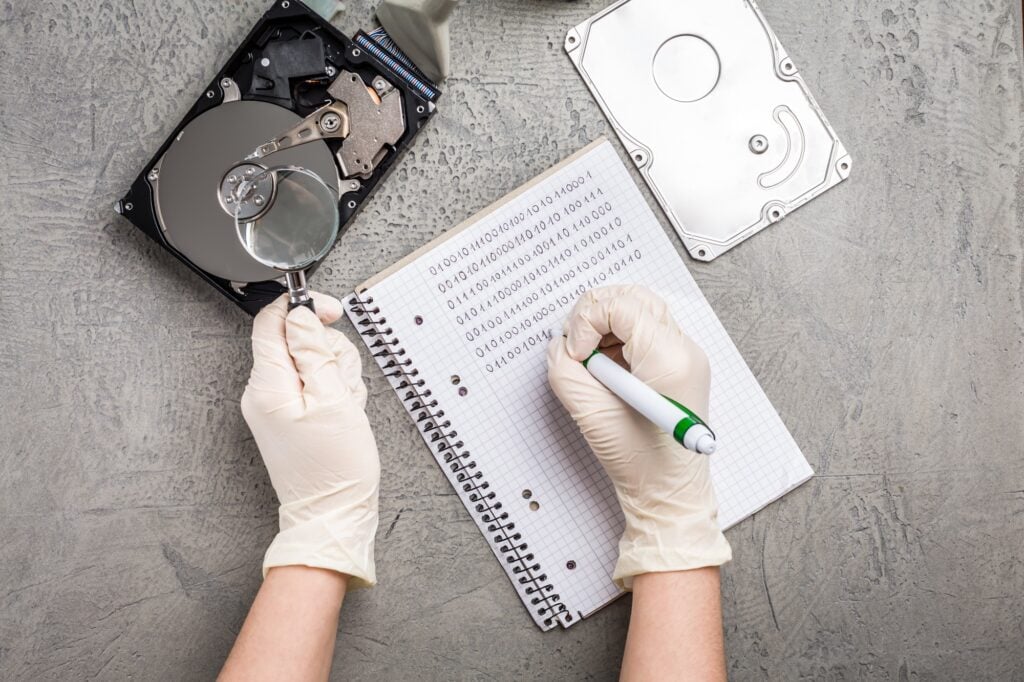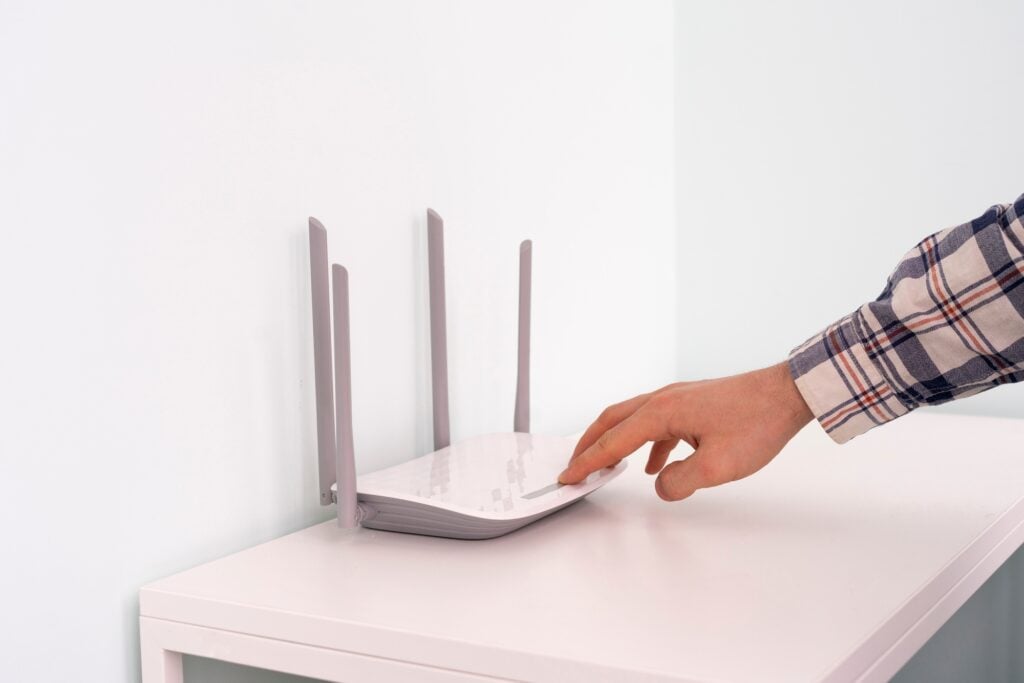Encrypting Your Devices – Locking the Digital Door

In the physical world, we lock our doors, secure our valuables, and keep keys out of sight. But when it comes to our digital lives, many people leave their devices wide open without even realising it. One of the most powerful yet underused security tools available to you is encryption.
Encryption turns the information on your device into unreadable code unless the correct password, PIN, or key is used. This means that even if your phone, tablet, or laptop falls into the wrong hands, the data remains protected. For Woodstock residents, where theft and cybercrime can go hand in hand, encrypting your devices is a smart move for personal and community safety.
Why Encryption Matters
Your devices store a treasure trove of personal information—photos, contacts, banking apps, emails, work files, and more. If your phone or laptop is stolen, that information can be used for fraud, identity theft, or to target others.
Without encryption, a criminal could remove the storage drive and access its contents in minutes. With encryption, the data is scrambled and useless without the right credentials. It’s like having a locked safe inside your device.
How Device Encryption Works
When you enable encryption, your device uses an algorithm to convert all stored data into a format that can only be read after unlocking it. This process is seamless—you won’t notice it in daily use—but it dramatically increases your security.
Even law enforcement and forensic experts cannot bypass strong encryption without the password. This is why it’s a key defence against cybercriminals.
How to Encrypt Your Devices
For Smartphones and Tablets:
- iPhones and iPads – Encryption is automatically enabled when you set a passcode. Make sure you have one, and avoid simple codes like “1234.”
- Android Devices – Most modern Android phones have encryption on by default, but check your settings under Security or Biometrics & Security to confirm.
For Computers:
- Windows – Use BitLocker (available on Windows Pro and Enterprise editions) to encrypt your hard drive.
- Mac – Use FileVault under System Preferences > Security & Privacy.
Remember to choose a strong password for unlocking your device—encryption is only as strong as the password protecting it.
Extra Security Tips
- Back Up Your Data – Encrypted or not, devices can be lost or damaged. Keep backups in a secure location.
- Use Two-Factor Authentication – This adds an extra step when accessing sensitive accounts.
- Keep Devices Updated – Security updates patch vulnerabilities that criminals can exploit.
Protecting Our Community
In a connected neighbourhood like Woodstock, one person’s data breach can affect many others. If criminals gain access to your contacts, emails, or community group chats, they can use them to spread scams or target more people. By encrypting your devices, you’re helping keep not only your own information safe, but also that of your friends, family, and community.
Encryption is like locking the digital door—and it’s one of the simplest ways to stay one step ahead of cybercriminals.






Responses